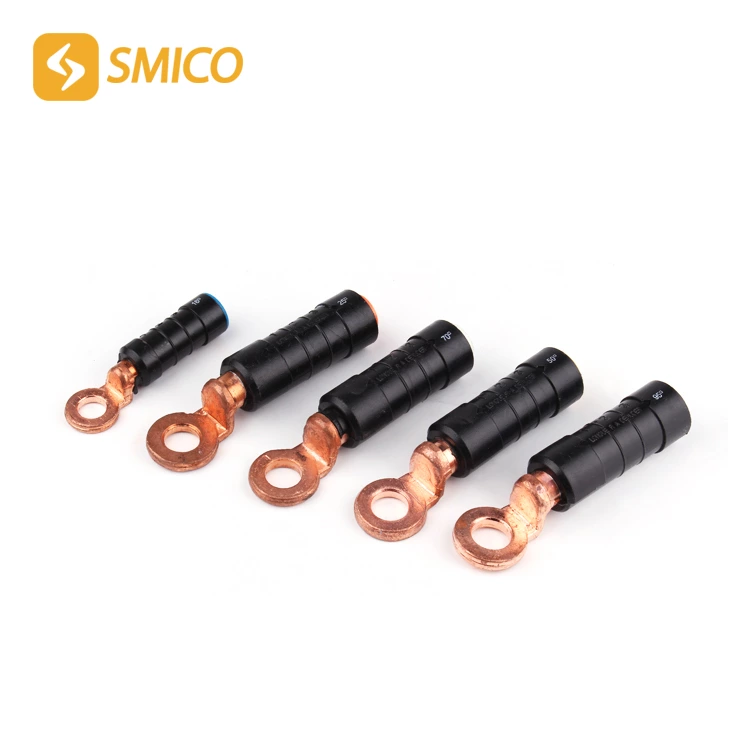Market Prospect Analysis Of Pre-insulated Bushings
pre insulated sleeve Market Prospect Analysis
In terms of molding technology, the obvious difference between China's composite materials industry and North America and Europe is that China is still dominated by manual crafts, accounting for 35%-45%, while North America and Europe are 15%-20%. China's injection molding technology is still underdeveloped, accounting for only 15%-20%, while North America and Europe are 45%-50%.
In the next five years, China's composite materials market will grow at a high speed, with an annual growth rate of about 8%-9%. China's per capita consumption of composite materials will increase from 1.2kg in 2007 to about 2kg in 2013 (Europe's per capita consumption in 2013 was 3kg-4kg) From 2007 to 2013, the focus of China's composite materials growth is expected to be in the construction and infrastructure industry (accounting for 39% of future growth), and the automotive field is also strong (16%), followed by the pipeline manufacturing industry (13%).
China's demand for pre insulated junction sleeve and resins can be fully met by local production. In the glass fiber sector, there are both domestic players, such as Jushi, Chongqing International and Taishan Fiberglass (accounting for 60% of the country's existing production capacity), and international players, namely PPG and OCV (accounting for 11% of the Chinese market).
The Chinese market will continue to be driven by the trend of shifting manufacturing locations. For example, in the Chinese glass fiber market, international players are planning to expand their production capacity from 300,000 tons in 2008 to 600,000 tons in 2012. However, this growth is limited compared to the expansion plans of domestic players (from 1.6 million tons to 2.8 million tons). The production capacity of the top five glass fiber players in China in 2012 (million tons): Jushi: 1.5 million; Chongqing International: 70 million; Taishan Fiberglass: 60 million; PPG: 37 million; OCV: 20 million.
Chinese glass fiber manufacturers will also be adversely affected by the global economic recession. Due to the decline in global demand for glass fiber, they may temporarily freeze investment in new production capacity. However, this will not basically affect their cost competitiveness compared to Western manufacturers (high production volume, economies of scale, lower average labor costs, etc.). The short-term demand for glass fiber is sluggish, and the inventory pressure is relatively large. Before the financial crisis, the global supply and demand of glass fiber was basically balanced. The global compound growth rate from 2001 to 2007 was above 8%. The growth rate of China's demand was significantly higher than the global level. The compound growth rate of China from 2001 to 2007 was above 23%, and it is expected to maintain a growth rate of 15% from 2008 to 2012. Affected by the financial crisis, short-term demand has declined significantly, and only in the field of wind power has it increased. Domestic demand is difficult to make up for the gap. The characteristics of glass fiber products that cannot be stopped and limited in production have aggravated short-term inventory pressure.
insulated joint sleeve The industry is at its worst moment, waiting for economic recovery. The glass fiber industry is currently experiencing a decline in both volume and price, and inventory is high. The industry is at its worst moment, which is conducive to eliminating backward production capacity. However, the glass fiber industry is highly concentrated. The production capacity of the world's six major suppliers (Jushi, OCV, Chongqing, PPG, Taishan, and Johns Manivel) accounts for more than 70% of the world's total, and glass fiber has a wide range of applications. New application areas are also being developed. Economic recovery will usher in a huge rebound in industry profits.

